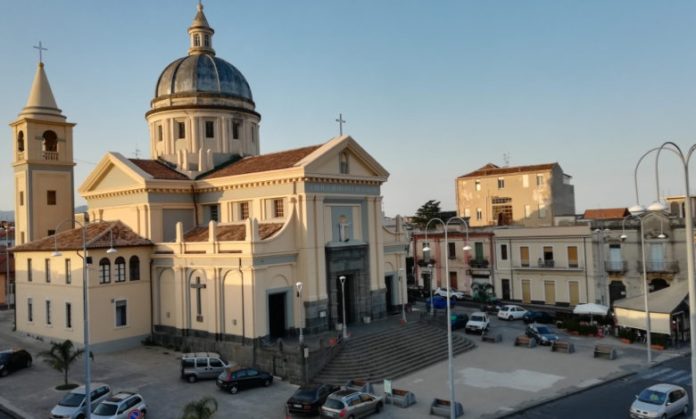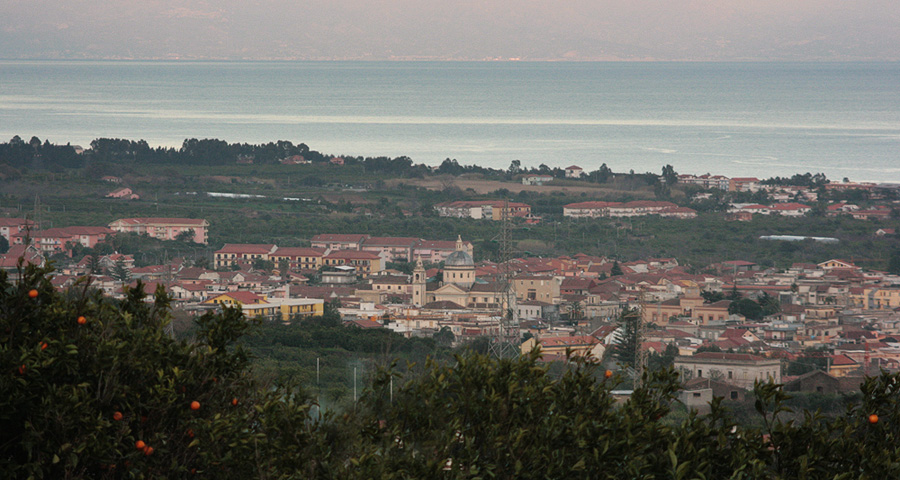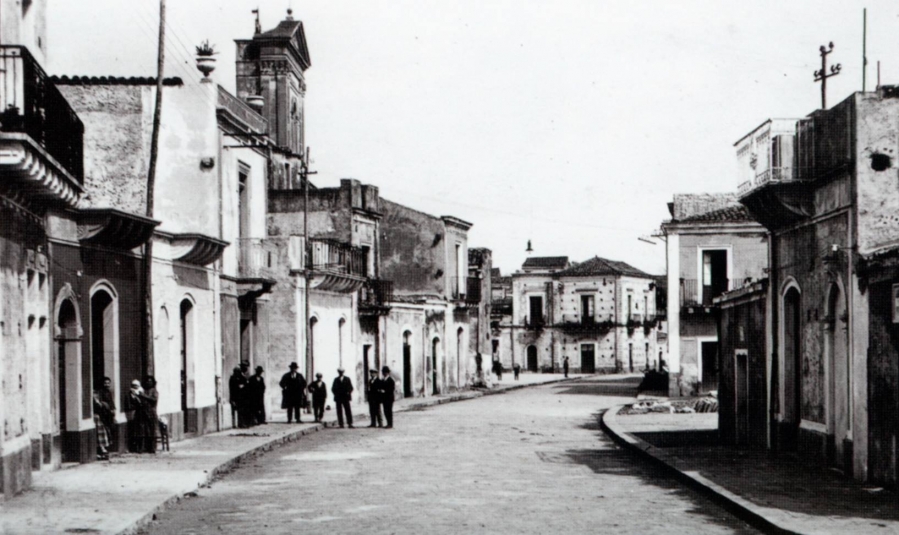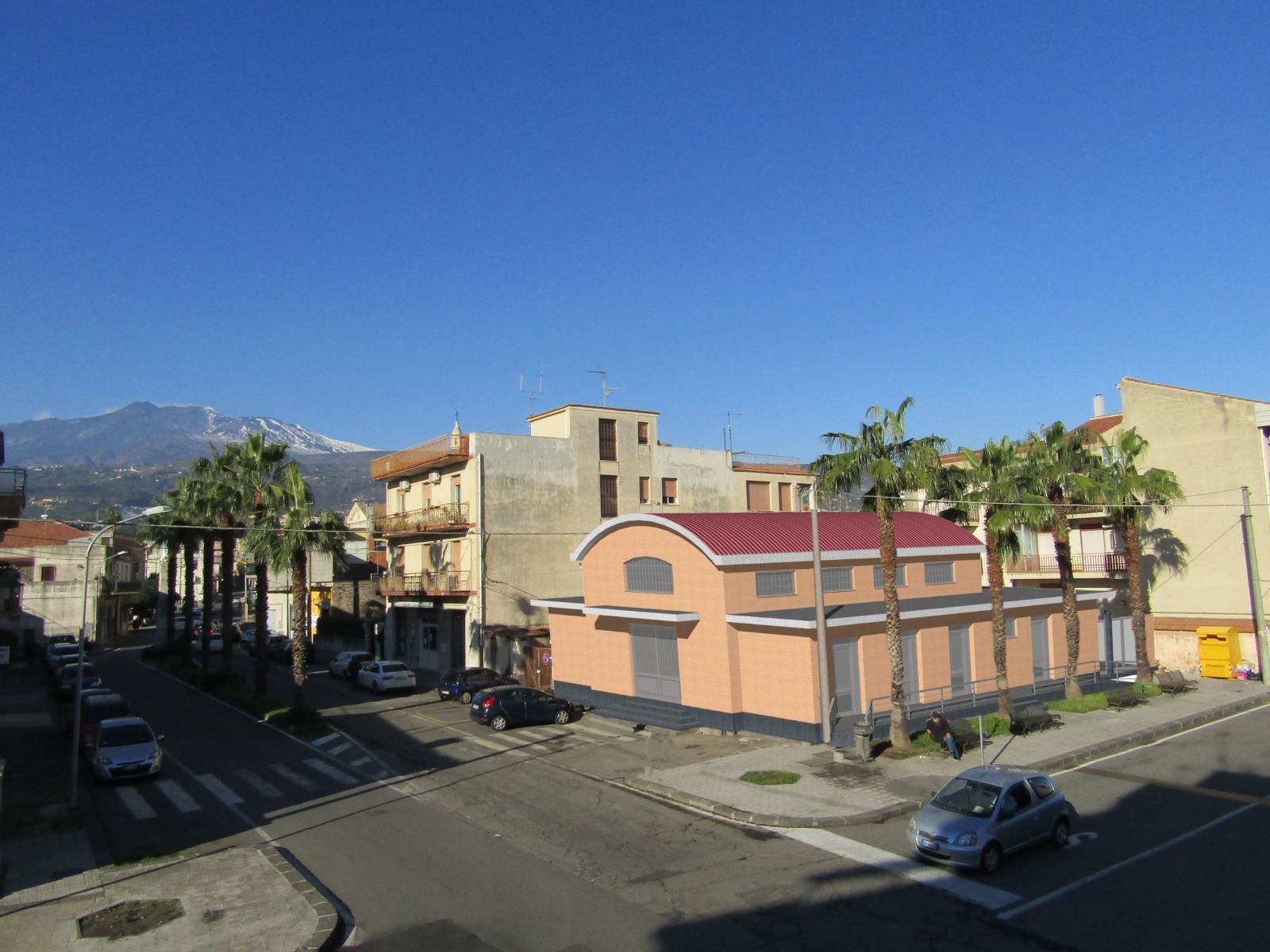


The current urban center of Mascali, built in the 1930s, a few years after the destruction of the previous town following the lava eruption of 1928, is about 30 km north of Catania.

Crucial date for the history of Mascali is that of November 6, 1928, the anniversary of San Leonardo, still protector of the city today, when the lava of Etna, escaping from a mouth opened at just 1150 m above sea level, channeling into the Pietrafucile stream which crossed the inhabited area, he buried Mascali entirely, leaving only a small peripheral portion intact, today's hamlet of Sant'Antonino.

The new city
The fascist government, on a mandate from the Minister of Public Works Giovanni Giuriati and Mussolini himself, began the reconstruction work immediately after the catastrophic natural disaster.

It was decided to move the new city further downstream, close to the state road that connects Messina to Catania, halfway between the municipalities of Giarre and Fiumefreddo di Sicilia. The urban planning system adopted identified the road axes arranged in a rational way, according to a Hippodamian scheme, inherited from the culture of ancient Rome, a real "trademark" of all the cities built during Fascism.

The first works financed were the aqueduct, the cemetery, the town hall, the schools, the church. The construction of a first nucleus of dwellings called "stable shelters" (still inhabited today as normal civil dwellings) was jointly prepared to be allocated to needy families. In addition, to encourage the repopulation of the city, provision was made for the concession of a plot of land and a state contribution (from 40 to 60%) for the reconstruction of the houses of the wealthiest citizens. Only for the construction of public works the State committed the considerable sum of 12 million lire.

The State was always vigilant on the construction criteria of private individuals, giving them precise obligations to follow, especially after the enactment of the new safety and anti-seismic regulations desired by the legislator. The bulk of the work was completed by 1937.

Architecturally, Mascali expresses all the development and artistic restlessness of those years, divided halfway between buildings inspired by the sharp lines of futurism and rationalism and conservative buildings still turning to a nineteenth-century style. Public buildings are an expression of the so-called "state architecture", that is a rationalism that acts as a compromise between conservatism and modernity.

For the urbanization and architectural design of the city of Mascali, the regime made use of the advice of illustrious architects, among which Camillo Autore (a pupil of Ernesto Basile), famous for the reorganization of the Reggio Calabria seafront and the design of the monument dedicated to Vittorio Emanuele III who dominates the aforementioned promenade.

Legend has it that the Piazza Duomo was completed in a hurry in a single night, at the news that the Duce, the next day visiting Acireale, had expressed his desire to visit the new city. The next day the Duce actually passed by Mascali, but only for a quick stop at the station with a greeting from the steps of the same.
Mascali
Address: Piazza Duomo - 95016
Phone: 0957709198
Site:
https://www.comune.mascali.ct.itLocation inserted by
BBCC